Home>Garden Essentials>How To Make Landscape Design Plans
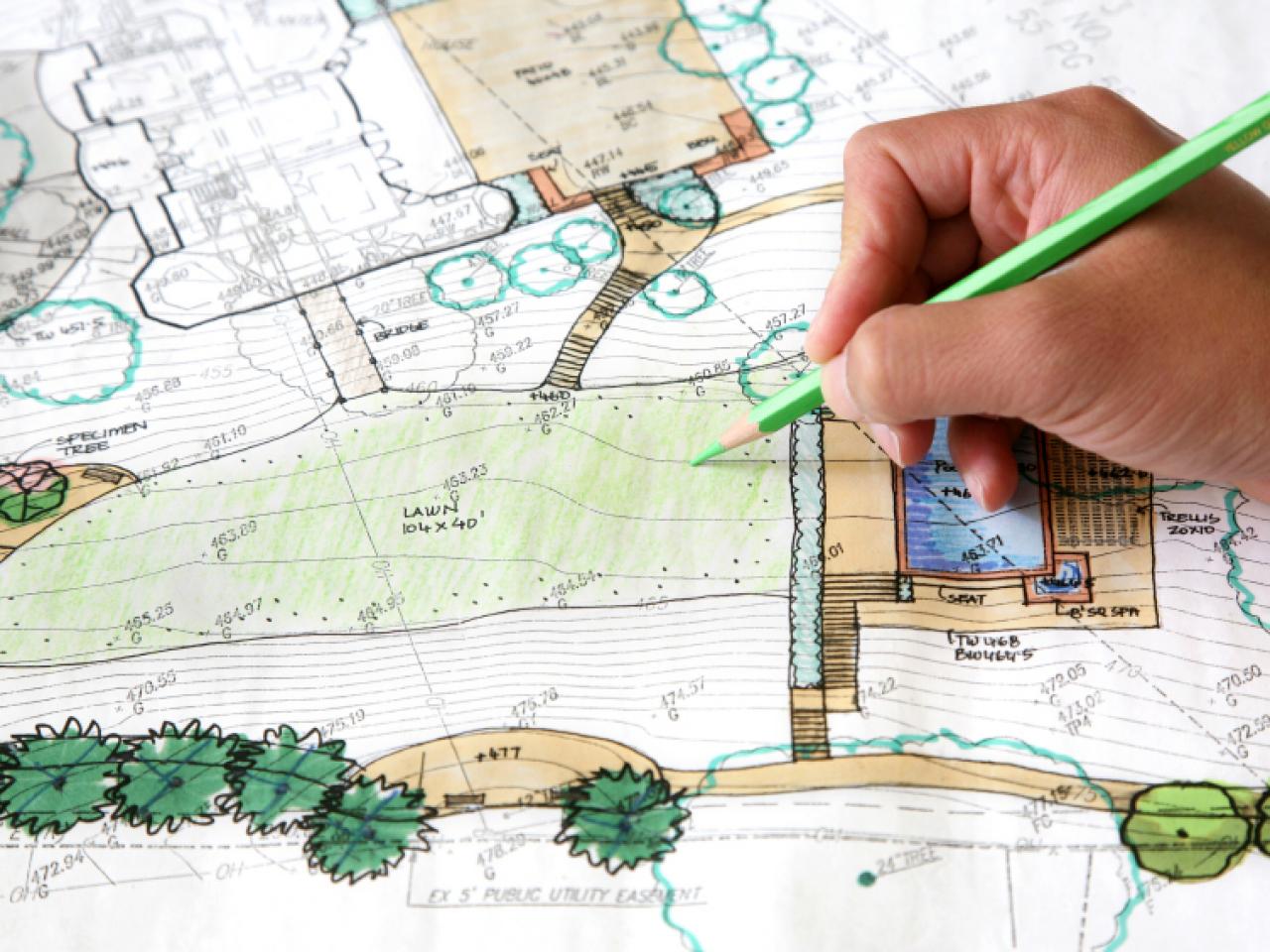

Garden Essentials
How To Make Landscape Design Plans
Modified: March 7, 2024
Learn how to create beautiful garden landscape design plans with our step-by-step guide, perfect for transforming your outdoor space into a serene oasis.
(Many of the links in this article redirect to a specific reviewed product. Your purchase of these products through affiliate links helps to generate commission for Storables.com, at no extra cost. Learn more)
Introduction
Welcome to the world of landscape design! Creating a beautiful and functional garden requires careful planning and consideration. Whether you are starting from scratch or looking to revamp your existing outdoor space, landscape design plans are essential in guiding your project from conception to completion.
Designing a landscape involves a combination of artistry, knowledge of plants and materials, and understanding the unique characteristics of your site. It’s an opportunity to unleash your creativity and design a space that reflects your personality and meets your specific needs.
This article will guide you through the process of creating landscape design plans. We will explore the key steps involved in designing an outdoor space that is both aesthetically pleasing and functional. So let’s dive in!
Key Takeaways:
- Assess your outdoor space by understanding its unique features, such as topography, soil, existing vegetation, and infrastructure. This will serve as the foundation for making informed landscape design decisions.
- Create a cohesive and visually appealing landscape design by defining the purpose and style, visualizing your ideas with a base map, and incorporating hardscape, plants, and landscaping elements. Flexibility is key as your garden evolves over time.
Read more: How To Plan Landscaping For Your Yard
Step 1: Assessing the Site
The first step in creating landscape design plans is to assess your site thoroughly. Understanding the existing conditions of your outdoor space is crucial in designing a landscape that works harmoniously with the environment.
Start by examining the topography of your site. Take note of any slopes, hills, or flat areas. This will help you determine how water drains and where to place different elements of your design. Additionally, consider the orientation of your garden in relation to the sun. Understanding the sun’s movement will aid in selecting appropriate plants and determining the best spots for outdoor seating or gathering areas.
Next, assess the soil composition. Different types of soil have varying drainage capabilities and nutrient levels. Conduct a soil test to determine its pH levels and fertility. This information will inform your plant selection and any necessary amendments to improve soil quality.
Observe the existing vegetation on your property. Take note of trees, shrubs, and any other plants that are already established. Consider whether you want to keep them as part of your new design or if you intend to remove and replace them with new selections. Take into account factors such as tree root systems and the shade they create, as these will affect the layout and placement of your other landscape elements.
Lastly, analyze the existing infrastructure on your site. Take note of any existing structures, such as patios, walkways, or fences, and evaluate their condition and suitability for your design. Consider the utility connections, such as water and electricity, and how they will impact the placement of features like outdoor lighting or irrigation systems.
By thoroughly assessing the site, you will gain valuable insights into its unique characteristics and limitations. This information will serve as the foundation for making informed design decisions in the subsequent steps of the process.
Step 2: Defining the Purpose and Style
Once you have assessed the site, it’s time to define the purpose and style of your landscape design. This step involves identifying how you intend to use your outdoor space and determining the design aesthetic that aligns with your preferences.
Start by considering the primary functions you want your garden to serve. Are you looking to create a serene retreat for relaxation and contemplation? Or perhaps you want to design an entertainment area for hosting gatherings and barbecues. Identifying the main purpose of your landscape will help you prioritize elements such as seating areas, outdoor kitchens, or fire pits in your design.
Next, think about the style or theme that appeals to you. Do you prefer a formal, structured garden with symmetrical patterns and clean lines? Or maybe you lean towards a more informal, naturalistic look with meandering paths and an abundance of plants. Research different garden styles, such as English cottage, Mediterranean, or contemporary, to find inspiration and determine which resonates with your personal taste.
Consider the architectural style of your home as well. Your landscape design should complement and enhance the existing aesthetics of your house. For example, a modern minimalist home would be complemented by a sleek and streamlined garden design, while a traditional farmhouse may call for a more rustic and charming landscape.
Additionally, take into account your climate and environmental factors when defining the style of your landscape. Choose plants and materials that are well-suited to your region’s climate to ensure they thrive and require minimal maintenance.
Defining the purpose and style of your landscape design will help shape the direction of your plan. It will provide clarity on the specific features and elements to incorporate, ensuring that your outdoor space reflects your vision and meets your functional needs.
Step 3: Creating a Base Map
Creating a base map is a crucial step in landscape design as it serves as the blueprint for your project. This map will help you visualize the existing features of your site and plan the placement of various elements in your design.
Start by measuring the dimensions of your outdoor space. Use a measuring tape or a laser measuring device to accurately measure the length, width, and height of your yard. Record these measurements on graph paper or use a digital design tool for a more precise representation.
Once you have the basic measurements, sketch out the outline of your yard on the graph paper. Include any existing structures, such as your house, outbuildings, or fences. Use accurate proportions to ensure an accurate representation of your space.
Next, add in the important site features you assessed in the previous step. This may include trees, shrubs, existing patios or walkways, and any other permanent fixtures. Label them accordingly on your base map.
Consider the scale you want to use for your map. Depending on the size of your yard, you may choose to use a 1:50 or 1:100 scale for more detail. This will allow you to accurately represent the dimensions of your outdoor space and the various elements within it.
With the base map in place, you can now start to plot your design ideas. Begin by experimenting with different layouts for hardscape elements like patios, pathways, or decking. Consider factors such as traffic flow, access to different areas, and the overall functionality of your design.
Remember to leave sufficient space for planting areas and softscape elements. Incorporate ideas for garden beds, flower borders, and any specific plant features you desire. Use simple symbols or color coding to distinguish between different plant types or areas of interest.
Creating a base map allows you to visualize your design ideas and make necessary adjustments before moving forward. It serves as a guide throughout the design process and provides a clear reference for implementing your landscape plan.
Step 4: Designing the Hardscape
The hardscape elements of your landscape design refer to the non-living features, such as patios, walkways, walls, and other built structures. Designing the hardscape is an important step as these features provide structure, functionality, and visual appeal to your outdoor space.
Start by determining the location and size of your main outdoor living areas. Consider factors such as privacy, sun exposure, and proximity to the house. A patio or deck can serve as the primary gathering and entertainment space, so ensure it is spacious enough to accommodate your needs while maintaining a comfortable flow.
Next, plan the layout of pathways and walkways. These elements should be practical and connect various areas of your garden. Consider using materials such as stone, brick, or concrete pavers to create a visually appealing and durable path.
Think about features like walls, fences, or screens that can provide privacy, define boundaries, or enhance the overall aesthetics of your space. Incorporate these elements strategically to add interest and create a sense of enclosure.
Water features, such as fountains or ponds, can provide a soothing and tranquil ambiance to your garden. If desired, incorporate these elements into your hardscape design. Consider the location, scale, and style of the water feature to ensure it harmonizes with your overall design aesthetic.
Lighting is another crucial aspect of hardscape design. Determine areas where outdoor lighting is required for safety and security, as well as ambiance. Incorporate a variety of lighting options like path lights, spotlights, and accent lights to create a warm and inviting atmosphere.
Throughout the hardscape design process, consider the materials that best suit your style and budget. There is a wide range of options available, from natural stone and brick to concrete and composite materials. Each material brings its own unique look and durability, so choose wisely based on your aesthetic preference and long-term maintenance goals.
By designing the hardscape elements, you will create a solid foundation for the overall structure and functionality of your landscape design. These features will not only enhance your outdoor living experience but also provide an appealing framework for the softscape elements to flourish.
When making landscape design plans, consider the natural elements of your space, such as sunlight, soil type, and existing plants. This will help you create a design that works with the environment.
Read more: How To Make Pergola Plans
Step 5: Selecting Plants and Vegetation
Selecting the right plants and vegetation is a crucial step in creating a vibrant and thriving landscape design. The choice of plants will not only contribute to the overall aesthetics of your garden but also determine the level of maintenance and care required.
Start by considering the climate and environmental conditions of your garden. Observe the amount of sunlight, shade, and wind exposure different areas of your outdoor space receive. Choose plants that are well-suited to these conditions, ensuring they will thrive and flourish.
Consider the size, shape, and texture of plants to create a visually appealing composition. Incorporate a variety of heights, such as tall trees, medium-sized shrubs, and low-growing ground covers. Aim for a mix of broad-leafed and fine-leafed plants to provide contrast and interest.
Think about the seasonal interest you want to achieve. Select a combination of plants that offer different bloom times, colors, and foliage characteristics throughout the year. This will ensure your garden remains visually appealing and dynamic across all seasons.
Consider the maintenance requirements of the plants you choose. Some plants may require frequent pruning, fertilization, or watering, while others are more low-maintenance. Determine the level of time and effort you are willing to invest in gardening and select plants accordingly.
Take into account the function of different areas in your garden. Choose plants that suit the specific purpose of each area. For example, select fragrant flowers near seating areas, or use ornamental grasses to create a naturalistic border along a pathway.
Research local native plants that are adapted to your area’s climate and soil conditions. Native plants are often more resilient, require less water, and provide important habitat for local wildlife. Incorporating native plants not only supports the local ecosystem but can also reduce the need for excessive maintenance.
Lastly, consider the long-term growth and maintenance of your chosen plants. Ensure there is sufficient space for them to reach their mature size without overcrowding. Plan for regular pruning or dividing as needed to maintain their health and appearance.
By carefully selecting plants and vegetation, you can create a diverse and visually captivating landscape. Use a combination of color, texture, and form to create an aesthetically pleasing composition that reflects your personal style and enhances the overall ambiance of your outdoor space.
Step 6: Incorporating Landscaping Elements
Landscaping elements go beyond plants and vegetation and include various features that add depth, interest, and functionality to your outdoor space. Incorporating these elements into your landscape design will help create a well-rounded and visually appealing garden.
One important landscaping element is the use of decorative and functional structures. Consider adding arbors, pergolas, or trellises to provide vertical interest and support climbing plants. These structures can also create designated areas for shade or privacy.
Utilize garden ornaments and sculptures to add focal points and create visual interest. These can range from statues and bird baths to water features and abstract artwork. Choose ornamental pieces that complement your overall design theme and personal style.
Incorporate seating areas into your design to create inviting spaces for relaxation and gathering. This can include benches, outdoor sofas, or dining sets. Consider the location and layout of your seating areas to maximize comfort and take advantage of views or desired focal points.
Integrate outdoor cooking and dining elements into your landscape design, such as a barbecue grill or an outdoor kitchen. These features will enhance your outdoor living experience and provide opportunities for entertaining and enjoying meals alfresco.
Consider adding fire elements to your landscape, such as a fire pit or fire table. These features provide warmth, ambiance, and a cozy gathering space for cooler evenings. Choose a location that is safe and allows for proper ventilation to enjoy fires responsibly.
Lighting is an essential landscaping element that not only adds functionality but also enhances the nighttime aesthetics of your garden. Incorporate a combination of pathway lights, uplights, or string lights to create a welcoming and magical atmosphere after sunset.
Don’t forget about the importance of water in your landscape design. Consider adding a pond, a fountain, or a water feature to introduce movement, sound, and a sense of tranquility. Water elements can also attract wildlife and create a serene environment.
Lastly, utilize the power of color through the use of flowerbeds, annuals, and seasonal plantings. Consider the blooming times and color palettes of different plants to create a seamless flow of color throughout the seasons. Use vibrant hues to add pops of excitement or soft pastels for a more calming effect.
By incorporating these landscaping elements into your design, you can create a multi-dimensional and visually captivating outdoor space that offers both functionality and aesthetic appeal.
Step 7: Finalizing the Design
After going through the various steps of landscape design, it’s time to finalize your plan and bring all the elements together into a cohesive and well-thought-out design.
Review your landscape design plans in detail and make any necessary adjustments or refinements. Consider the overall flow and functionality of the space, ensuring that it meets your desired goals and objectives. Take into account the feedback you may have received from professionals or others who have reviewed your design.
Consider the scale and proportions of your design, ensuring that all elements are appropriately sized and balanced within the available space. Avoid overcrowding or overwhelming the area with too many features or plantings.
Refine the plant selection and placement, taking into account factors such as growth habits, colors, and textures. Arrange plants in a way that creates visual interest through contrasting heights, foliage shapes, and bloom times. Ensure that each plant has enough space to grow and thrive.
Pay attention to the transitions and connections between different areas of your landscape. Ensure that pathways are well-defined and flow smoothly from one section to another. Create logical and inviting access points to different areas, whether it’s a pathway leading to a seating area or a stepping stone path through a garden bed.
Review the location and placement of hardscape elements, such as patios, walkways, and structures. Double-check that they are practical and functional, providing comfortable spaces for you and your guests to enjoy. Consider the appropriate materials and finishes that will complement the overall design aesthetic.
Evaluate the overall aesthetics of your design. Consider the harmony and balance of the various elements, including colors, textures, and materials. Ensure that the design remains consistent with the style and theme you have chosen, whether it’s a formal, modern, or naturalistic garden.
Once you are satisfied with your finalized landscape design, create a comprehensive plan that includes all the necessary details. This plan will serve as your reference during the implementation phase and provide guidance to contractors or yourself if you choose to tackle the project on your own.
Remember, even after finalizing your design, flexibility is essential. Your landscape will evolve and change over time, and adjustments may need to be made to accommodate new growth, changing preferences, or unforeseen challenges.
By finalizing your design, you can confidently move forward with the implementation phase, knowing that you have a well-thought-out and comprehensive plan in place to guide you along the way.
Conclusion
Designing a landscape is a creative and fulfilling process that allows you to transform your outdoor space into a beautiful and functional haven. By following the step-by-step approach outlined in this article, you can create landscape design plans that reflect your vision, meet your needs, and enhance the overall aesthetics of your garden.
Assessing the site and understanding its unique characteristics is crucial as it serves as the foundation for your design decisions. Defining the purpose and style of your landscape helps you establish a clear direction for the project and ensures consistency throughout the design process.
Creating a base map allows you to visualize your design ideas and effectively plan the placement of various elements. Designing the hardscape elements provides structure and functionality, while selecting the right plants and vegetation brings color, texture, and life to your outdoor space.
Incorporating landscaping elements such as decorative structures, seating areas, lighting, and water features adds depth and interest to your design. Finally, finalizing your design involves reviewing and refining all the elements to create a cohesive and visually appealing landscape plan.
Remember that landscape design is an ongoing process. As your garden evolves, you may need to make additions or modifications to accommodate changing needs or preferences. Regular maintenance and care are essential to ensure the longevity and vitality of your landscape.
Whether you choose to tackle the project yourself or enlist the help of a professional, landscape design plans provide a roadmap for creating an outdoor space that reflects your personality, enhances your lifestyle, and brings joy for years to come.
So, take the first step and embark on the journey of creating your dream garden. With careful planning, creativity, and a love for nature, you can design a landscape that brings beauty, relaxation, and a connection with the outdoors right to your doorstep.
Frequently Asked Questions about How To Make Landscape Design Plans
Was this page helpful?
At Storables.com, we guarantee accurate and reliable information. Our content, validated by Expert Board Contributors, is crafted following stringent Editorial Policies. We're committed to providing you with well-researched, expert-backed insights for all your informational needs.
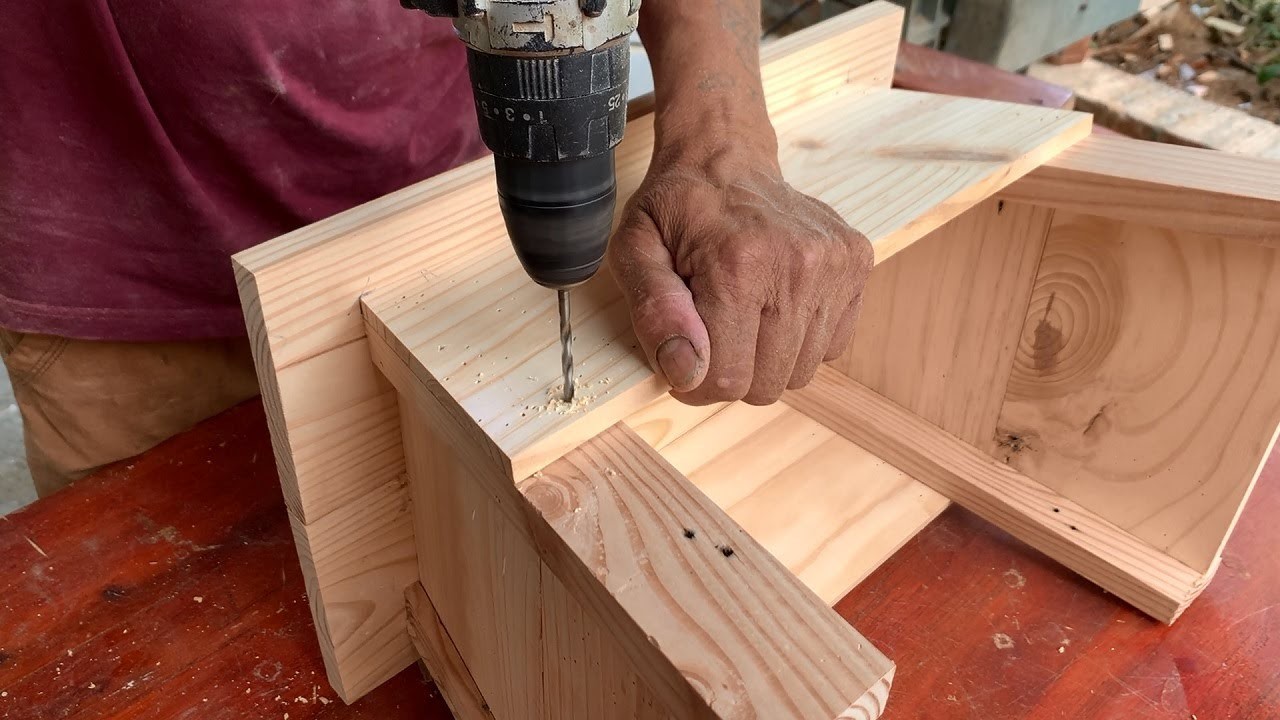
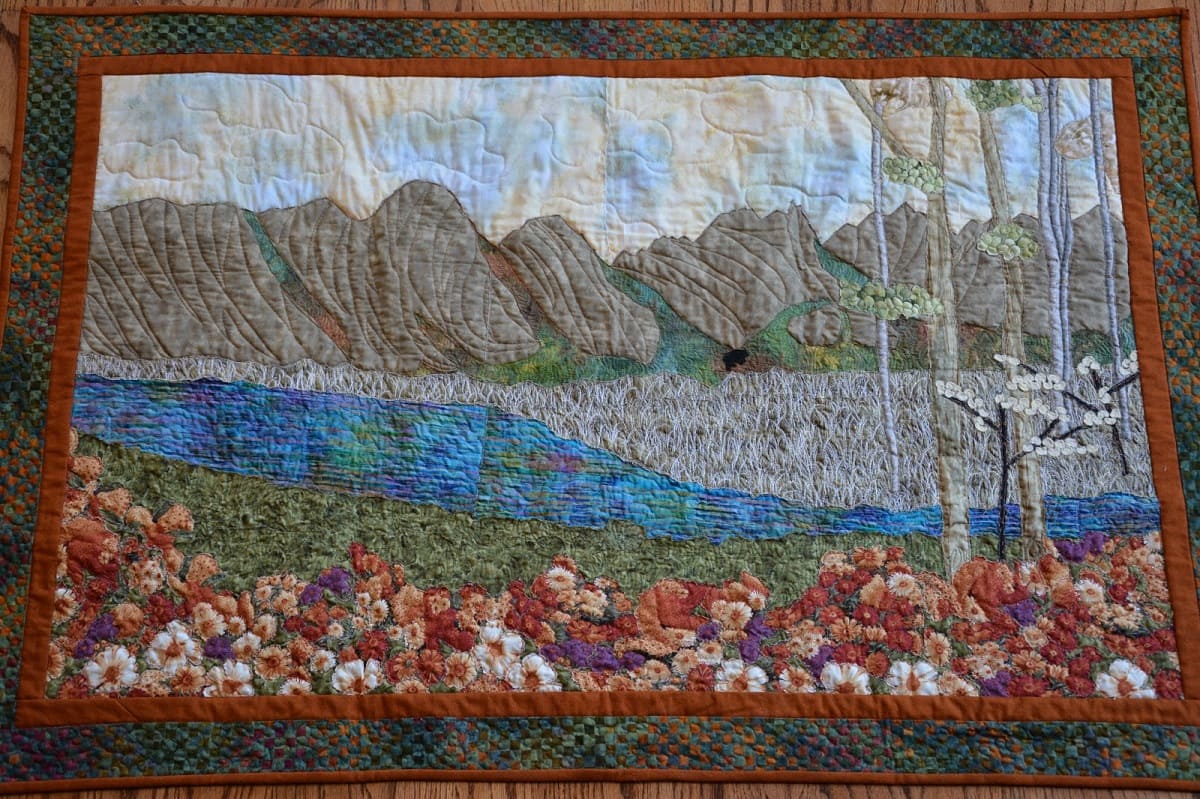
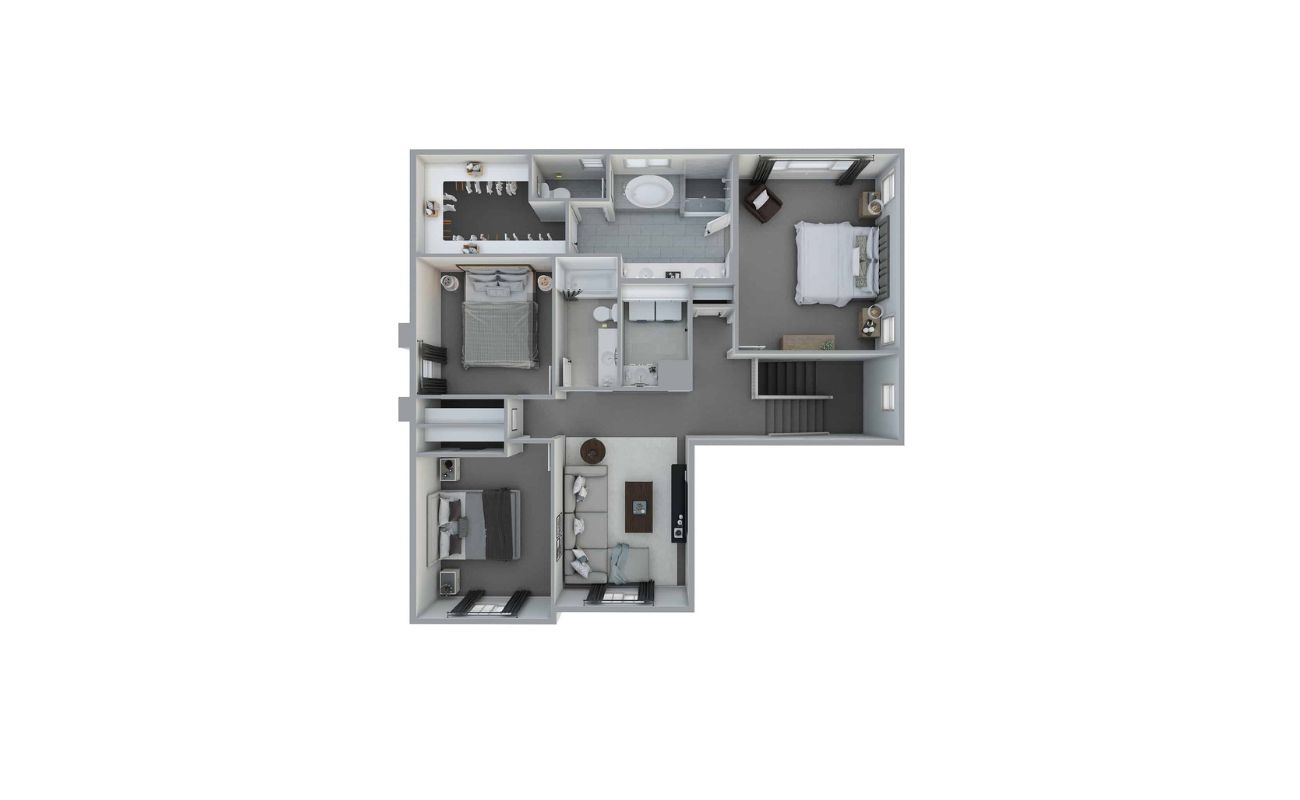
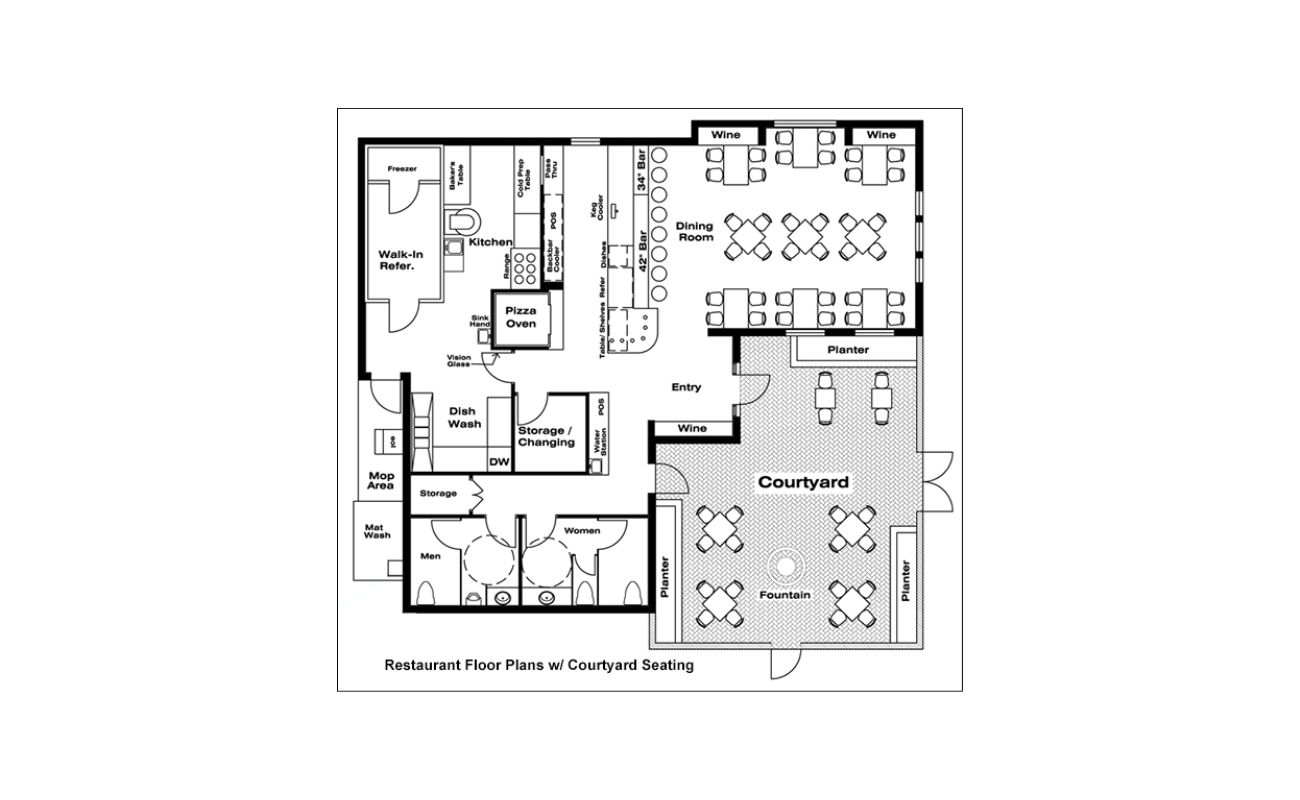
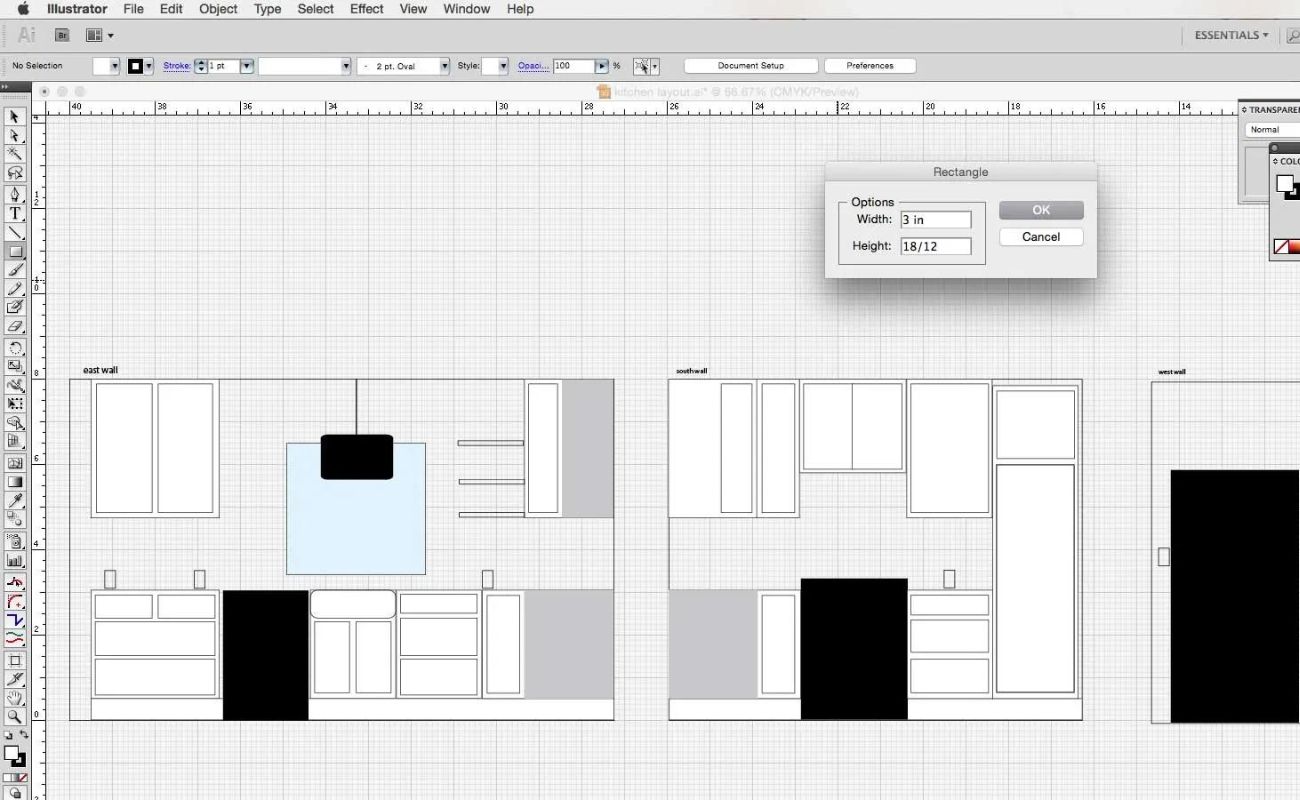
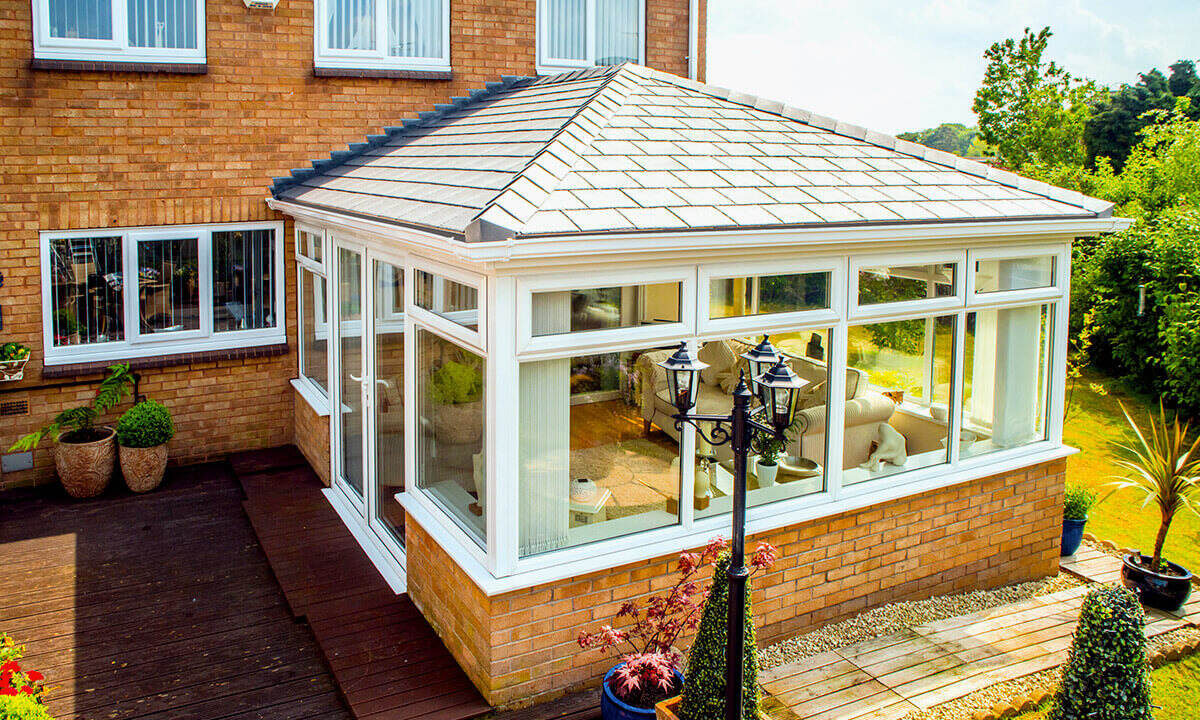
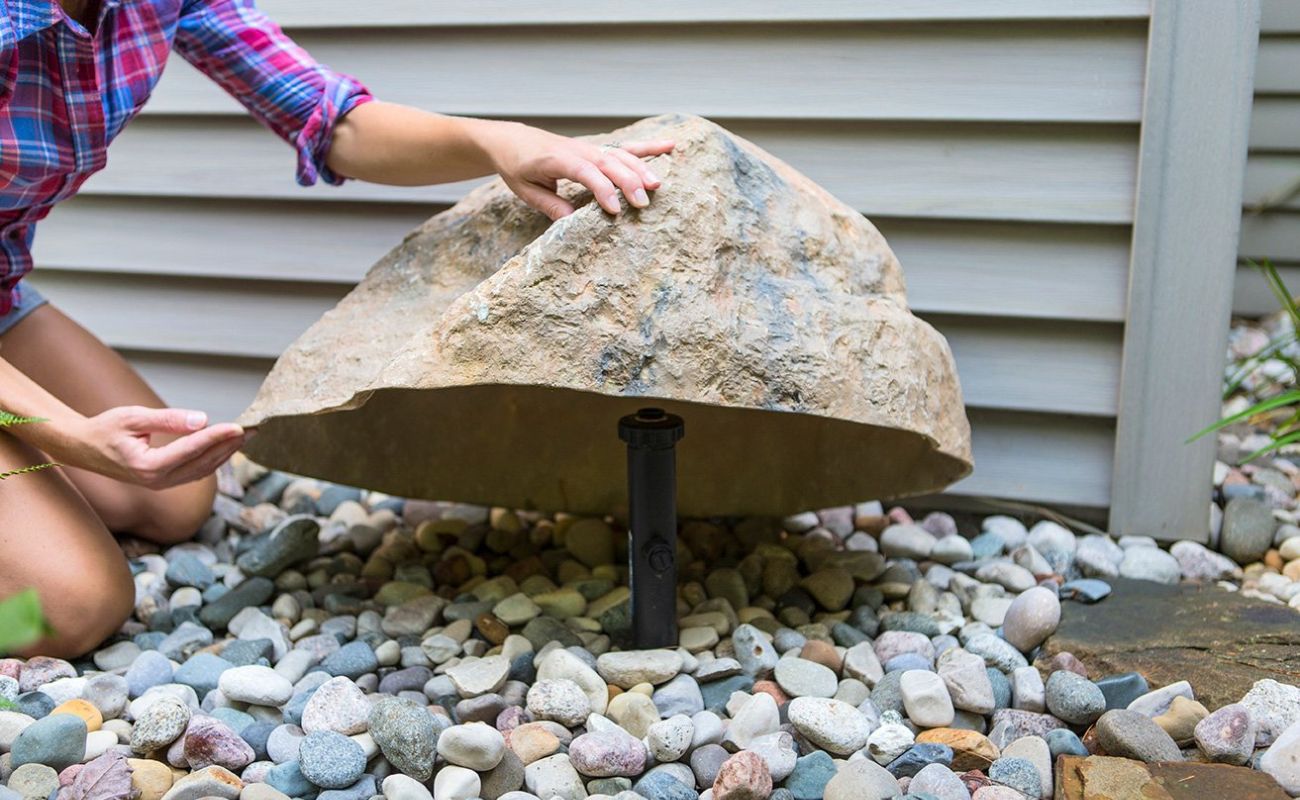
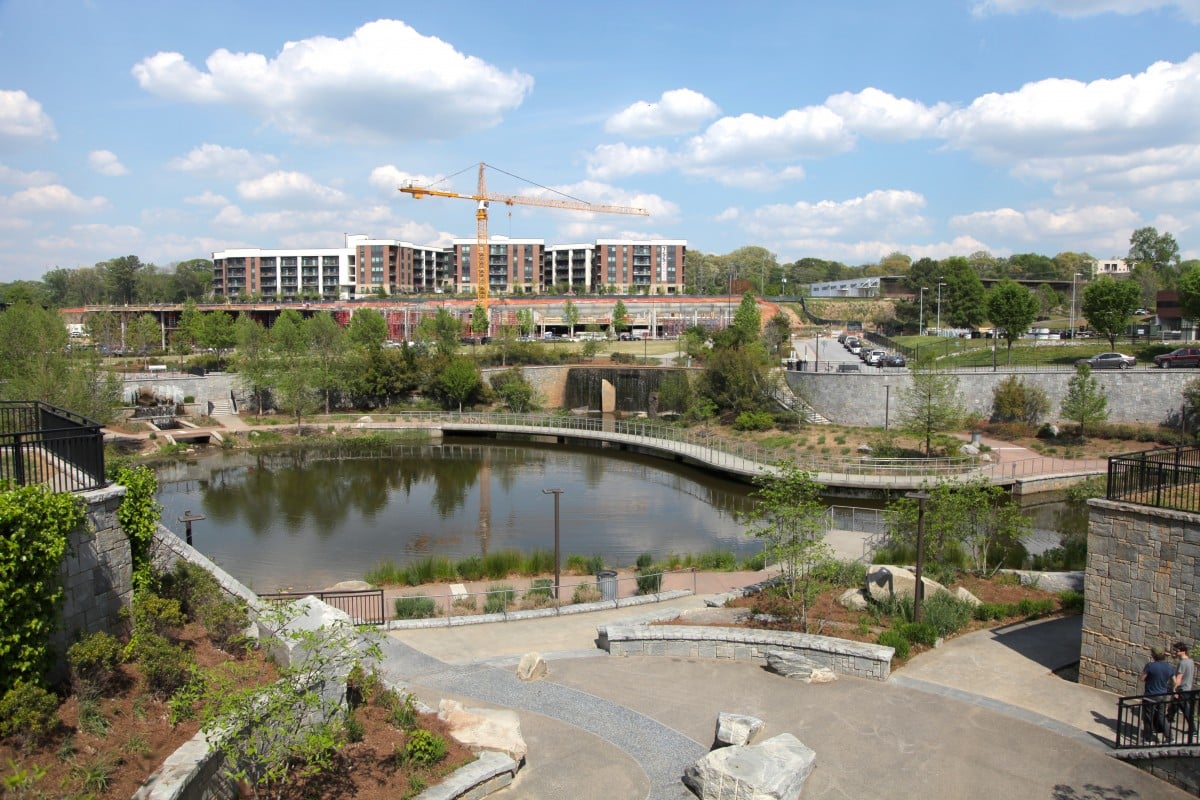
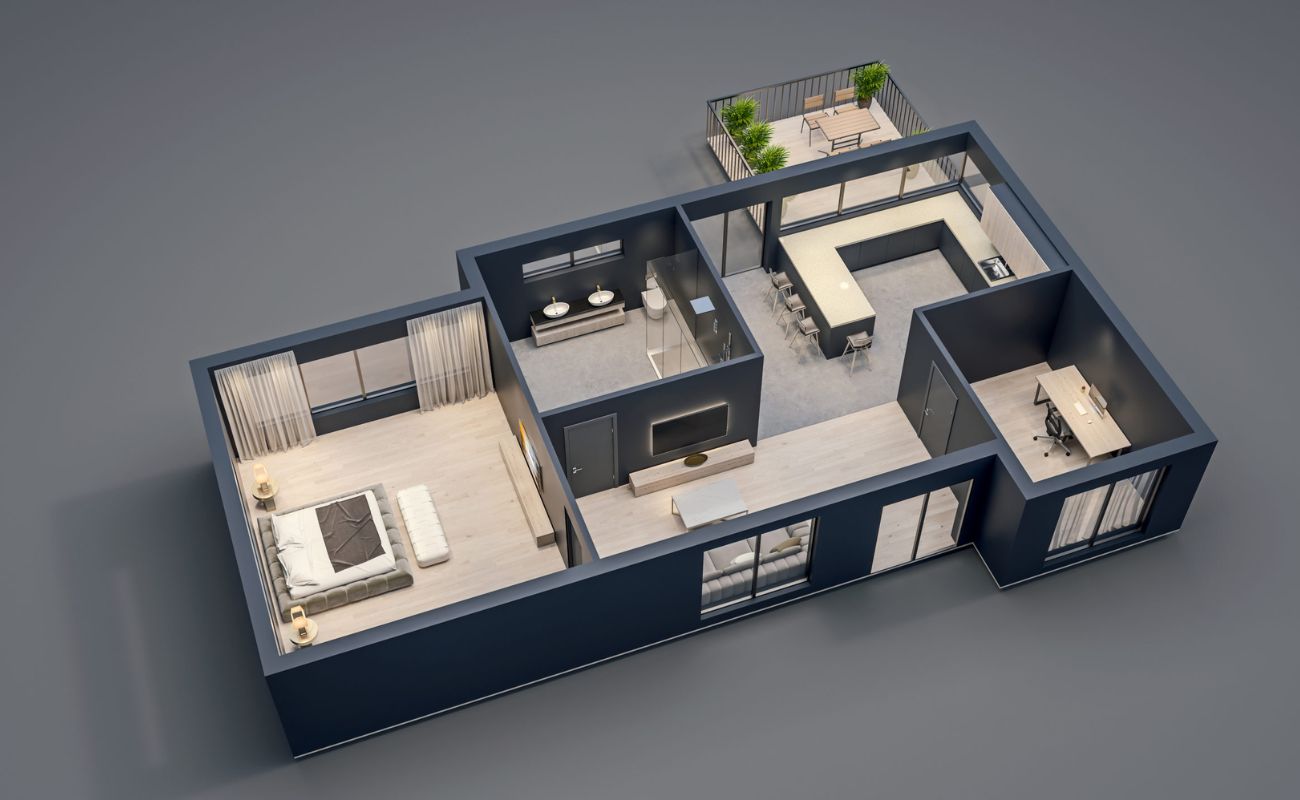
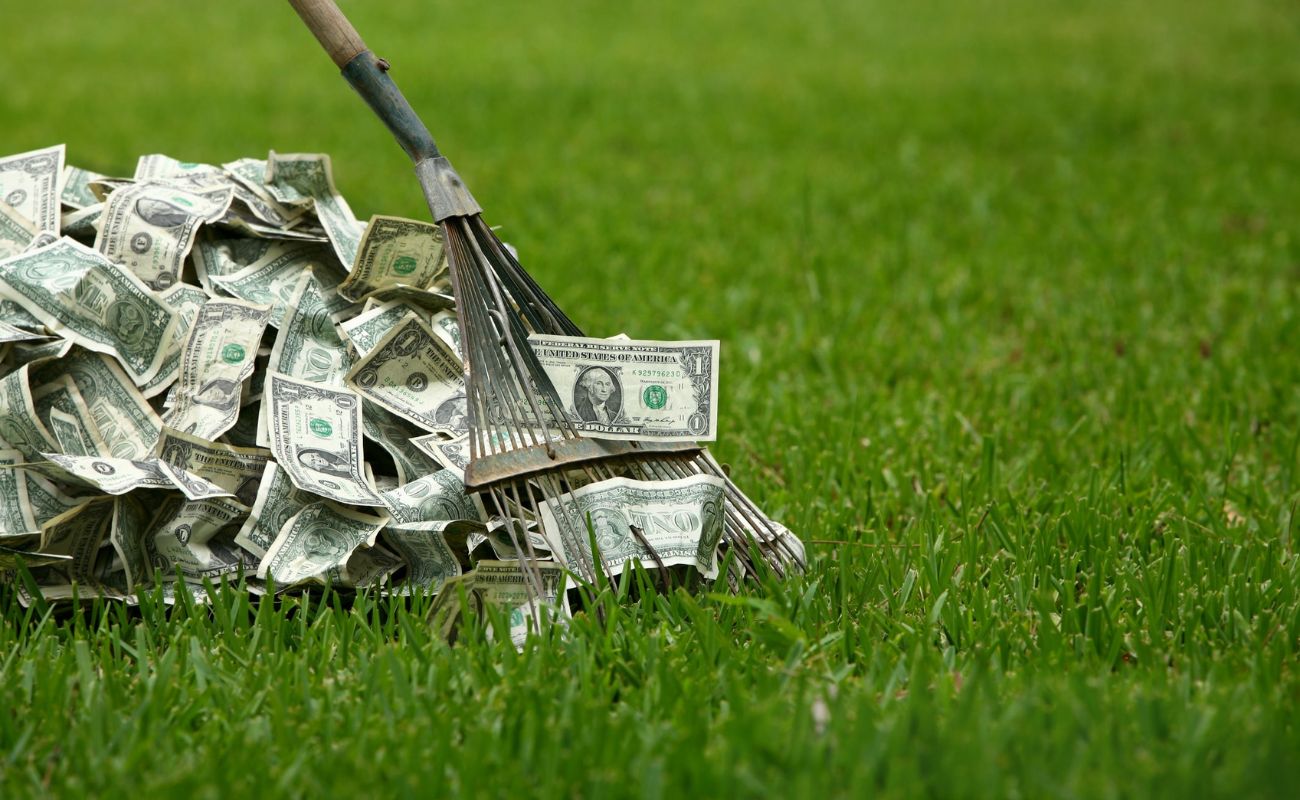
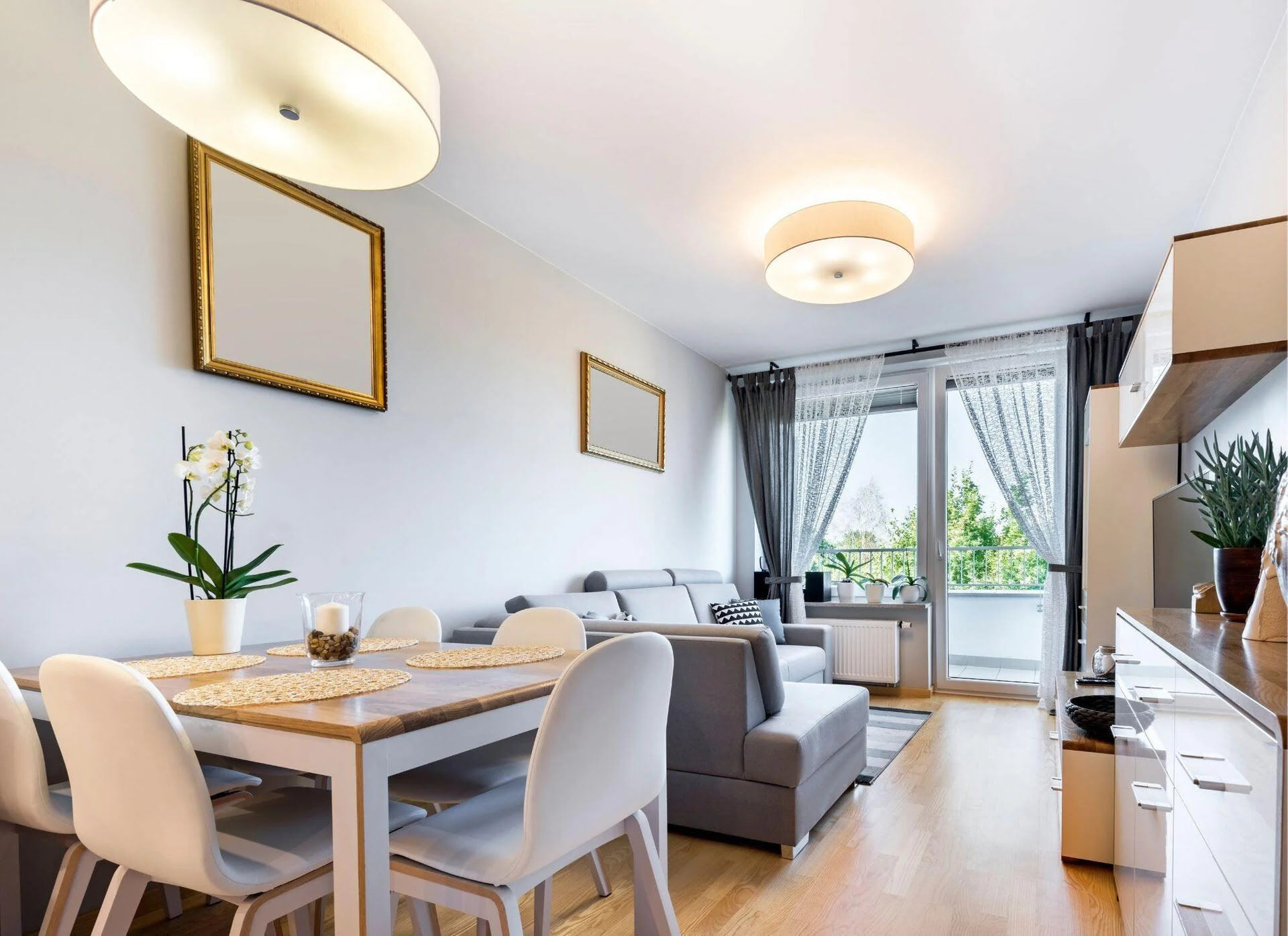
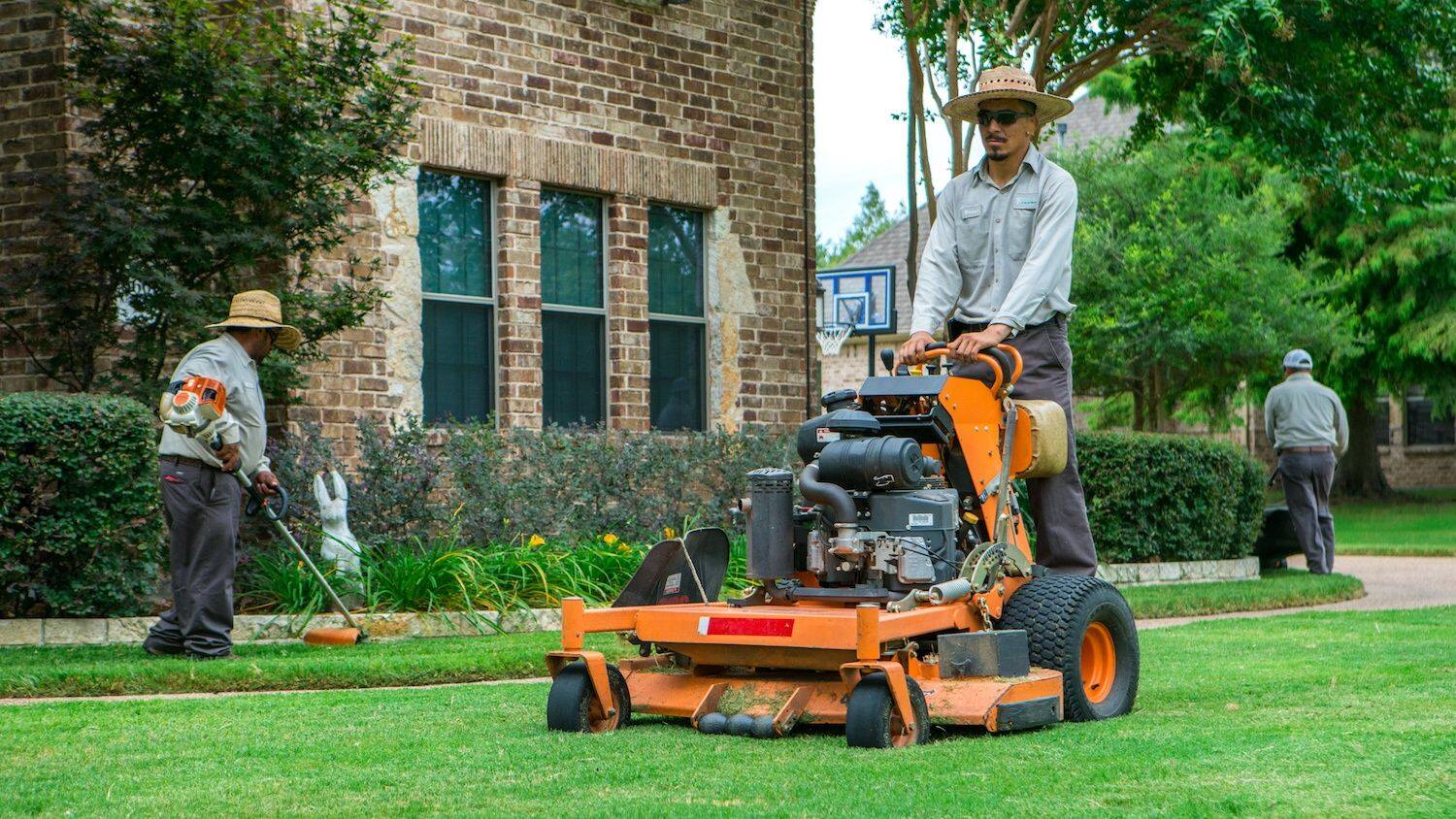
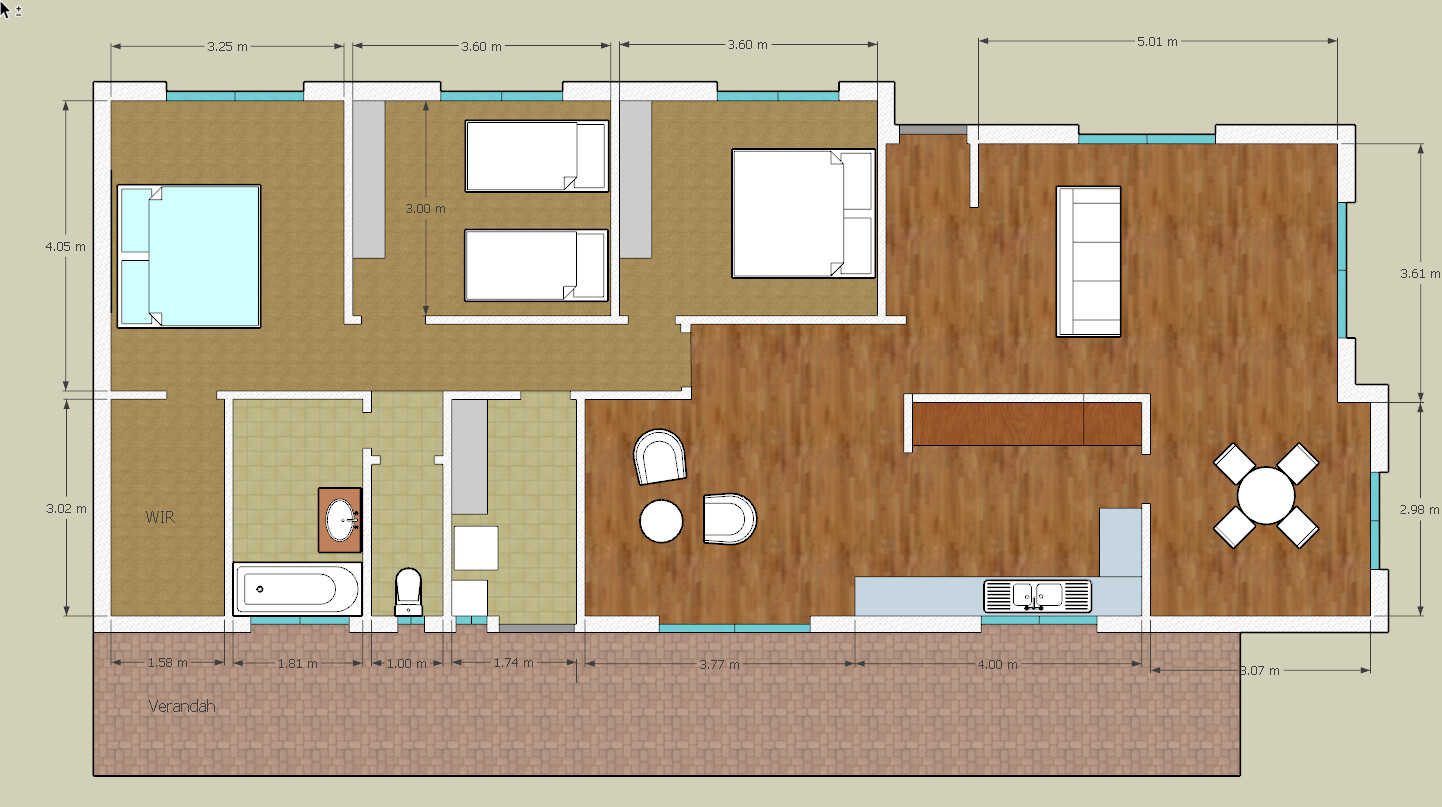
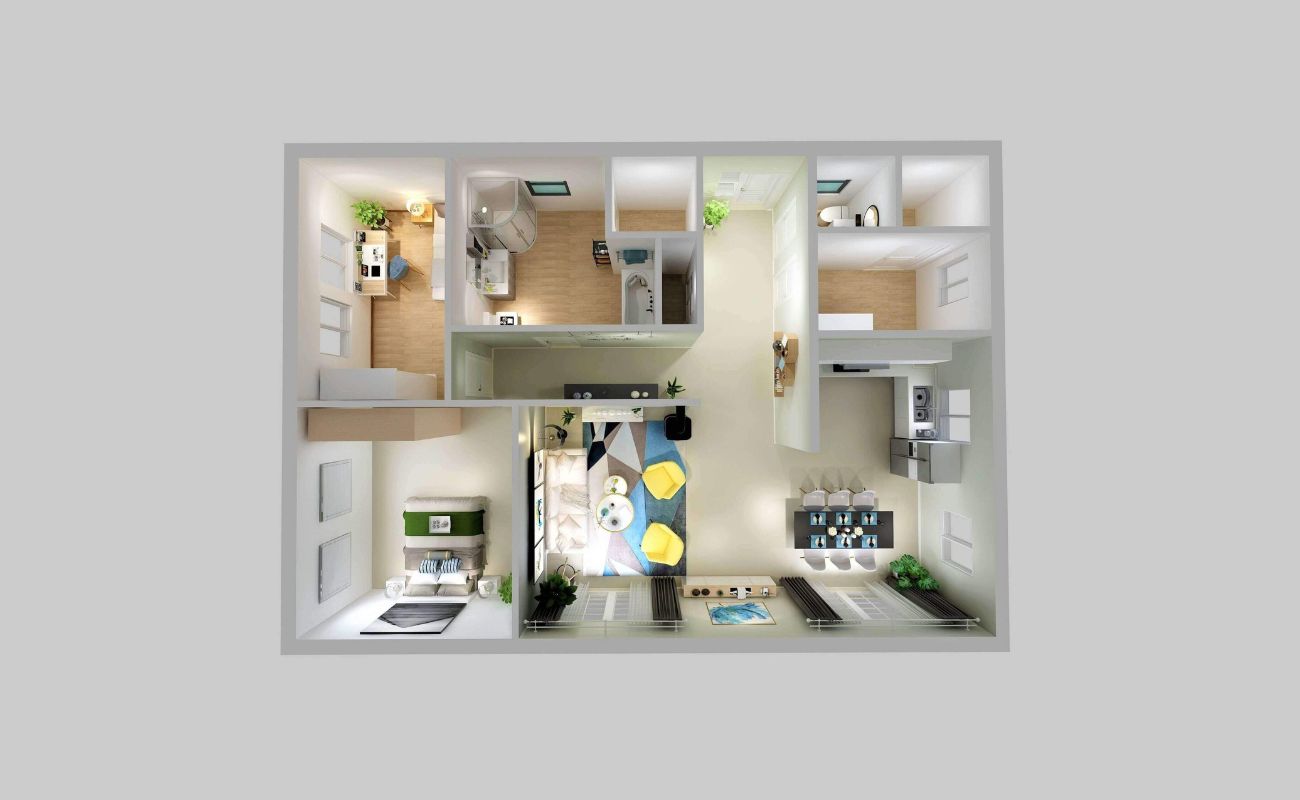

0 thoughts on “How To Make Landscape Design Plans”